Home>Gardening & Outdoor>Landscaping Ideas>How To Kill Liriope Grass
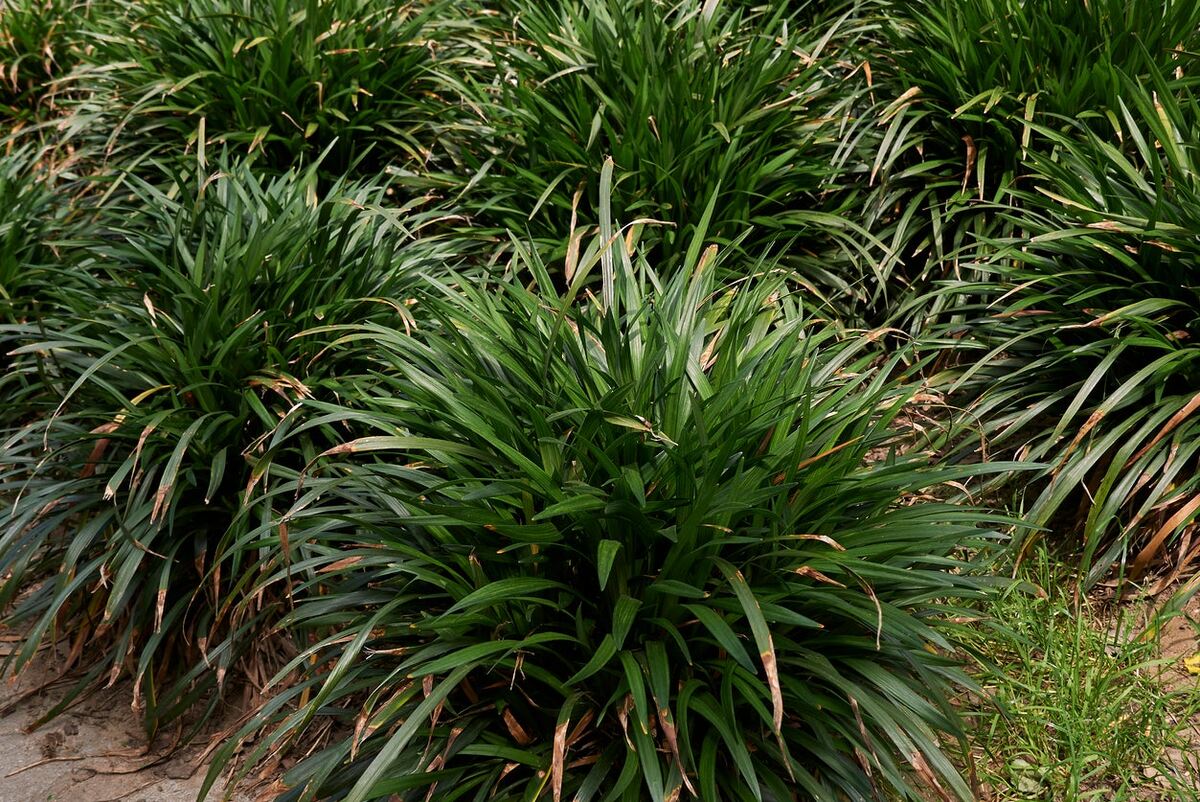

Landscaping Ideas
How To Kill Liriope Grass
Modified: February 18, 2024
Learn effective landscaping ideas for killing liriope grass. Discover expert tips and methods for removing liriope grass from your garden.
(Many of the links in this article redirect to a specific reviewed product. Your purchase of these products through affiliate links helps to generate commission for Storables.com, at no extra cost. Learn more)
Introduction
Liriope grass, also known as lilyturf or monkey grass, is a popular landscaping plant valued for its lush, low-maintenance foliage and attractive blooms. However, in some cases, this resilient plant can become invasive, spreading rapidly and encroaching on other garden elements. When left unchecked, liriope grass can overtake flower beds, walkways, and other areas, posing a challenge for homeowners and gardeners.
In such scenarios, it becomes necessary to employ effective methods to control and eliminate liriope grass. Whether you're seeking to reclaim your garden from its overbearing presence or simply looking to revamp your landscape, understanding how to eradicate liriope grass is essential. By implementing the right strategies, you can regain control over your outdoor space and create a harmonious, well-maintained environment.
In this comprehensive guide, we will delve into the various aspects of liriope grass elimination, providing insights into the best methods for eradicating this resilient plant. From understanding the nature of liriope grass to identifying the most effective techniques for its removal, this article will equip you with the knowledge and tools needed to tackle this common landscaping challenge.
So, if you're ready to take back your garden and restore balance to your outdoor sanctuary, join us as we explore the world of liriope grass and discover the most efficient ways to bid farewell to this persistent green intruder.
Key Takeaways:
- Say goodbye to liriope grass by using manual removal, herbicidal treatment, solarization, and smothering. Prevent regrowth with soil amendment, monitoring, barriers, plant selection, mulch, and maintenance.
- Reclaim your garden from liriope grass with strategic eradication methods and proactive prevention. Restore balance and create a well-maintained outdoor space free from unwanted green intruders.
Read more: When To Cut Liriope Grass
Understanding Liriope Grass
Liriope grass, scientifically known as Liriope muscari, is a versatile and resilient perennial plant that belongs to the Asparagaceae family. Native to East Asia, this ornamental grass has gained popularity in landscaping due to its adaptability and aesthetic appeal. Liriope grass is characterized by its dense, tufted foliage and delicate, spiky flowers that bloom in shades of purple, blue, or white, adding a charming touch to garden landscapes.
One of the key attributes of liriope grass is its ability to thrive in diverse environmental conditions. It can withstand varying levels of sunlight, making it suitable for both shaded and sunny areas. Additionally, liriope grass is known for its low-maintenance nature, requiring minimal care and attention once established. These qualities have made it a favored choice for ground cover, borders, and edging in gardens and landscapes.
However, despite its many positive attributes, liriope grass can present challenges when it begins to spread uncontrollably. Its vigorous growth habit and underground rhizomes enable it to rapidly colonize new areas, outcompeting other plants and encroaching on garden spaces. This aggressive behavior can transform liriope grass from a desirable landscaping element into a persistent nuisance, requiring intervention to restore balance and prevent further expansion.
Understanding the growth patterns and resilience of liriope grass is crucial when considering methods for its eradication. Its extensive root system and tenacious growth habits necessitate strategic approaches to effectively eliminate it from targeted areas. By gaining insight into the characteristics and behavior of liriope grass, homeowners and gardeners can make informed decisions about the most suitable techniques for controlling and removing this resilient plant.
As we delve deeper into the world of liriope grass, we will explore the best methods for identifying and eradicating this persistent green intruder, equipping you with the knowledge and tools needed to reclaim your garden and maintain a well-balanced outdoor environment.
Identifying the Best Methods for Killing Liriope Grass
When it comes to eliminating liriope grass from your garden or landscape, it's essential to consider the most effective methods for achieving successful eradication. Several approaches can be employed to address the persistent growth of liriope grass and prevent its reemergence. Understanding the pros and cons of each method is crucial in determining the best course of action for your specific landscaping needs.
1. Manual Removal:
One of the initial steps in tackling liriope grass infestation involves manual removal. This method entails digging up the plants, including their underground rhizomes, to physically extract them from the soil. While manual removal can be labor-intensive, it is an effective way to address small to moderate infestations and prevent the spread of liriope grass.
2. Herbicidal Treatment:
For larger infestations or areas where manual removal may be impractical, herbicidal treatment can be a viable option. Selective herbicides designed to target grassy weeds can be applied to liriope grass, effectively killing the plants while minimizing harm to surrounding vegetation. It is important to carefully follow the application instructions and consider the potential impact on nearby plants when using herbicidal treatments.
3. Solarization:
Solarization involves utilizing the sun's heat to eradicate liriope grass and its rhizomes. This method entails covering the affected area with a clear plastic tarp, which traps solar energy and raises the soil temperature, effectively killing the unwanted vegetation. Solarization is particularly effective in warmer climates and can help eliminate liriope grass and other invasive plants without the use of chemicals.
4. Smothering:
Another eco-friendly approach to suppressing liriope grass involves smothering the plants using mulch or heavy landscaping fabric. By depriving the grass of sunlight and airflow, smothering can effectively weaken and eventually kill liriope grass over time. This method is best suited for smaller areas and can be combined with other eradication techniques for enhanced effectiveness.
5. Repeated Monitoring and Maintenance:
Regardless of the method chosen, consistent monitoring and maintenance are essential for preventing liriope grass from regrowing. Regularly inspect the treated areas for any signs of regrowth and promptly address any new shoots or rhizomes to prevent the resurgence of liriope grass.
By carefully considering these methods and their suitability for your specific landscaping situation, you can effectively address the challenge of liriope grass infestation and pave the way for a well-maintained and balanced outdoor environment.
Step-by-Step Guide to Killing Liriope Grass
-
Assess the Infestation: Begin by assessing the extent of the liriope grass infestation in your garden or landscape. Identify the areas where the grass has spread and evaluate the best approach for eradication based on the scale of the infestation.
-
Gather the Necessary Tools: Equip yourself with the essential tools for liriope grass removal, including a sturdy garden spade or shovel for manual extraction, herbicidal treatments if applicable, and any protective gear required for handling chemicals.
-
Manual Removal: For smaller infestations, start by manually removing the liriope grass and its rhizomes. Using a garden spade, carefully dig around the base of the plants, ensuring that the entire root system is extracted from the soil. Dispose of the removed plants responsibly to prevent regrowth.
-
Herbicidal Treatment (If Needed): If the infestation is extensive, consider using selective herbicides specifically formulated for grassy weeds. Follow the manufacturer's instructions for application, ensuring that nearby plants are protected from potential herbicidal impact.
-
Solarization (Optional): In areas with ample sunlight, consider employing solarization as a natural eradication method. Cover the affected area with a clear plastic tarp, securing the edges to trap solar heat. Leave the tarp in place for several weeks to effectively kill the liriope grass and its rhizomes through heat exposure.
-
Smothering (Alternative Method): Utilize mulch or heavy landscaping fabric to smother the remaining liriope grass. Apply a thick layer of mulch or secure landscaping fabric over the treated area, depriving the grass of sunlight and impeding its growth.
-
Monitor and Maintain: After implementing the chosen eradication method, monitor the treated areas regularly for any signs of liriope grass regrowth. Promptly address any new shoots or rhizomes to prevent the resurgence of the grass.
-
Replant or Redesign: Once the liriope grass has been successfully eradicated, consider replanting the cleared areas with desired vegetation or redesigning the landscape to prevent future infestations.
By following this step-by-step guide, you can effectively eliminate liriope grass from your garden or landscape, restoring balance and creating a well-maintained outdoor environment.
Read more: How To Kill Crabgrass
Preventing Liriope Grass from Regrowing
After successfully eradicating liriope grass from your garden or landscape, it is crucial to implement preventive measures to inhibit its regrowth and maintain a liriope-free environment. Preventing the resurgence of liriope grass involves proactive strategies aimed at addressing potential regrowth and minimizing the risk of reinfestation. By incorporating the following preventive measures, you can safeguard your outdoor space and ensure that liriope grass remains effectively controlled.
1. Soil Amendment:
Assess the soil conditions in the treated areas and consider soil amendment to create an environment less conducive to liriope grass regrowth. Incorporating organic matter, such as compost or well-decomposed mulch, can improve soil structure and fertility while discouraging the resurgence of liriope grass.
2. Regular Monitoring:
Maintain a vigilant approach by regularly monitoring the treated areas for any signs of liriope grass regrowth. Keep a close eye on the soil surface and surrounding vegetation, promptly addressing any emerging liriope shoots or rhizomes to prevent the spread of the grass.
3. Implement Barrier Methods:
Utilize physical barriers, such as landscape edging or underground barriers, to create boundaries that inhibit the spread of liriope grass into other areas of the garden. These barriers can help contain the grass and prevent it from encroaching on designated spaces.
Read more: How To Kill Winter Grass
4. Opt for Low-Competitive Plants:
When replanting or redesigning the cleared areas, opt for low-competitive plants that are less likely to be overtaken by liriope grass. Select vegetation that thrives in the specific environmental conditions of your garden and complements your desired landscape design while posing minimal competition to liriope grass.
5. Mulch Application:
Apply a layer of mulch in the treated areas to suppress weed growth, including any potential liriope grass regrowth. Mulch serves as a protective covering that inhibits the emergence of new weeds and helps maintain soil moisture, contributing to the overall health of the garden.
6. Regular Maintenance:
Consistent garden maintenance, including proper watering, pruning, and soil cultivation, plays a vital role in preventing liriope grass regrowth. By maintaining a well-tended garden, you can create an environment that is less favorable for the resurgence of liriope grass and other invasive plants.
By incorporating these preventive measures into your landscaping practices, you can effectively prevent liriope grass from regrowing and maintain a liriope-free outdoor space. These proactive strategies contribute to the long-term success of liriope grass eradication efforts, ensuring that your garden remains vibrant, balanced, and free from unwanted intruders.
Conclusion
In conclusion, the successful eradication of liriope grass from your garden or landscape requires a combination of strategic approaches, diligent implementation, and proactive preventive measures. By understanding the nature of liriope grass and its growth habits, homeowners and gardeners can effectively address the challenges posed by this resilient plant and create a well-balanced outdoor environment.
Throughout this comprehensive guide, we have explored the various methods for identifying and eliminating liriope grass, providing insights into manual removal, herbicidal treatments, solarization, smothering, and preventive measures. Each approach offers unique advantages and considerations, allowing individuals to tailor their eradication strategies to suit their specific landscaping needs.
From the initial assessment of the infestation to the step-by-step eradication process, including manual removal, herbicidal treatment, solarization, and smothering, the guide has equipped readers with the knowledge and tools needed to effectively combat liriope grass infestations. Additionally, the emphasis on preventive measures underscores the importance of proactive strategies in maintaining a liriope-free outdoor space and preventing the resurgence of this persistent green intruder.
By implementing the recommended preventive measures, such as soil amendment, regular monitoring, barrier methods, plant selection, mulch application, and regular maintenance, individuals can safeguard their landscapes and ensure that liriope grass remains effectively controlled.
Ultimately, the successful eradication of liriope grass contributes to the overall health and aesthetics of the garden, allowing homeowners and gardeners to create a harmonious outdoor environment that thrives with diverse vegetation while minimizing the presence of invasive plants.
As you embark on your journey to eliminate liriope grass and maintain a well-balanced landscape, remember that persistence, careful planning, and ongoing maintenance are key to long-term success. By combining the knowledge and techniques outlined in this guide with your dedication to creating a vibrant outdoor sanctuary, you can effectively reclaim your garden from the encroachment of liriope grass and cultivate a space that reflects your desired vision and harmonious coexistence with nature.
Frequently Asked Questions about How To Kill Liriope Grass
Was this page helpful?
At Storables.com, we guarantee accurate and reliable information. Our content, validated by Expert Board Contributors, is crafted following stringent Editorial Policies. We're committed to providing you with well-researched, expert-backed insights for all your informational needs.

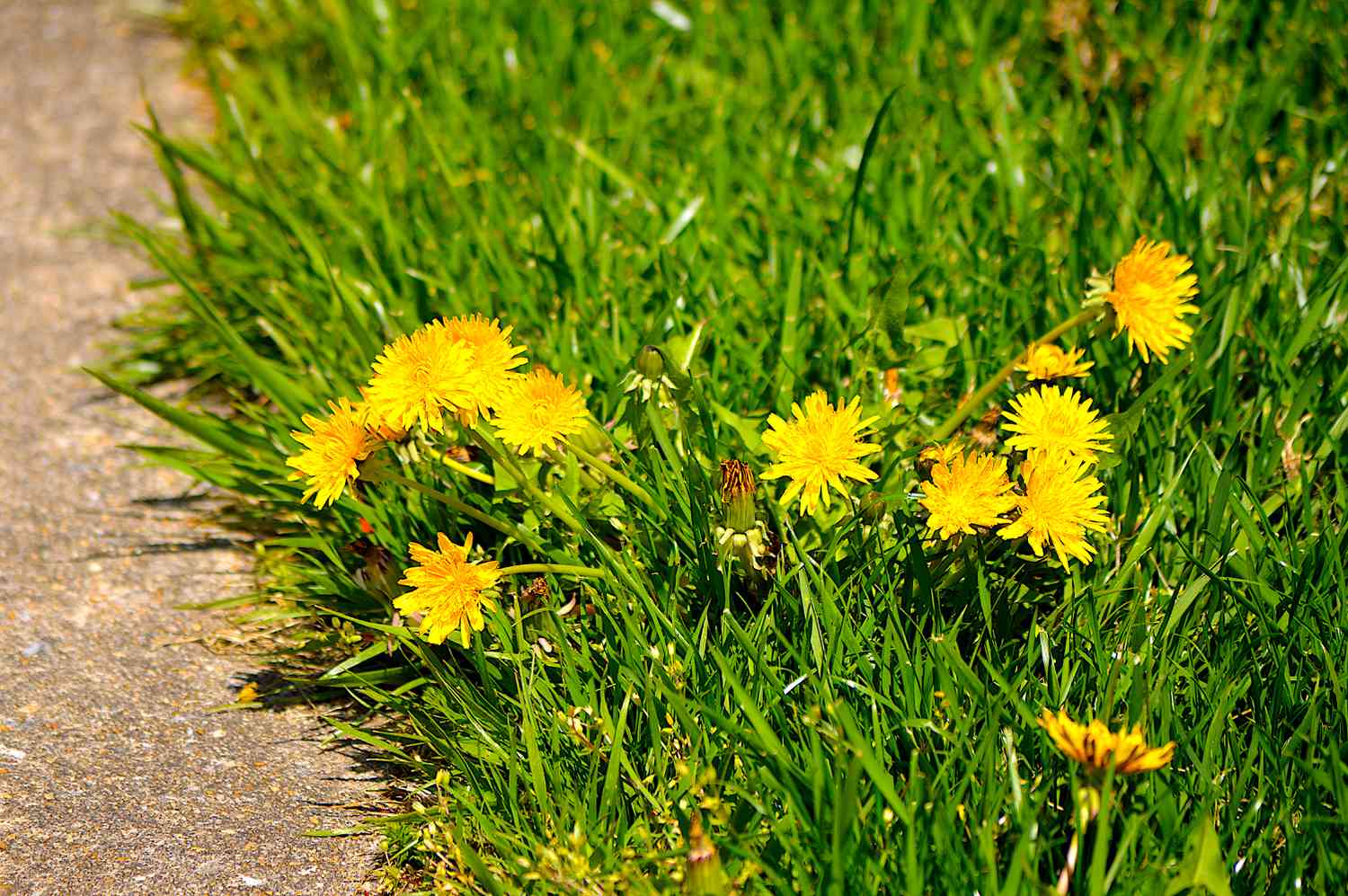
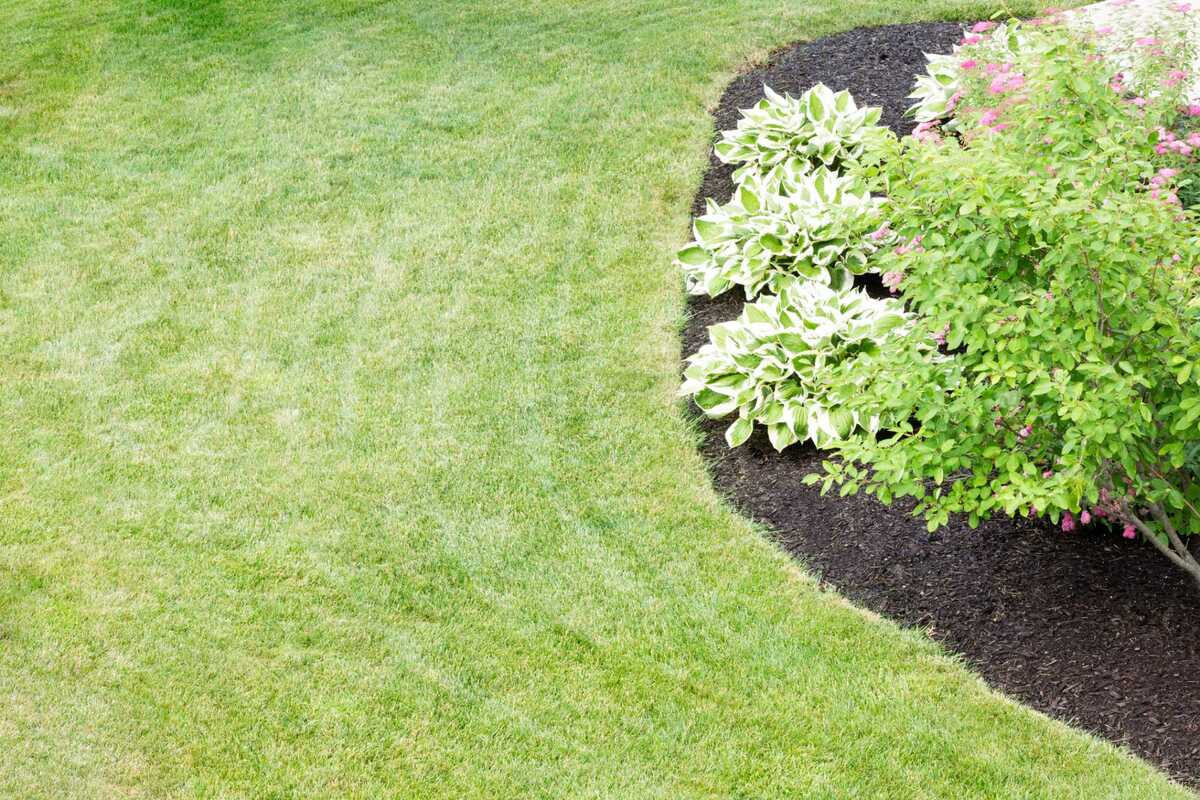
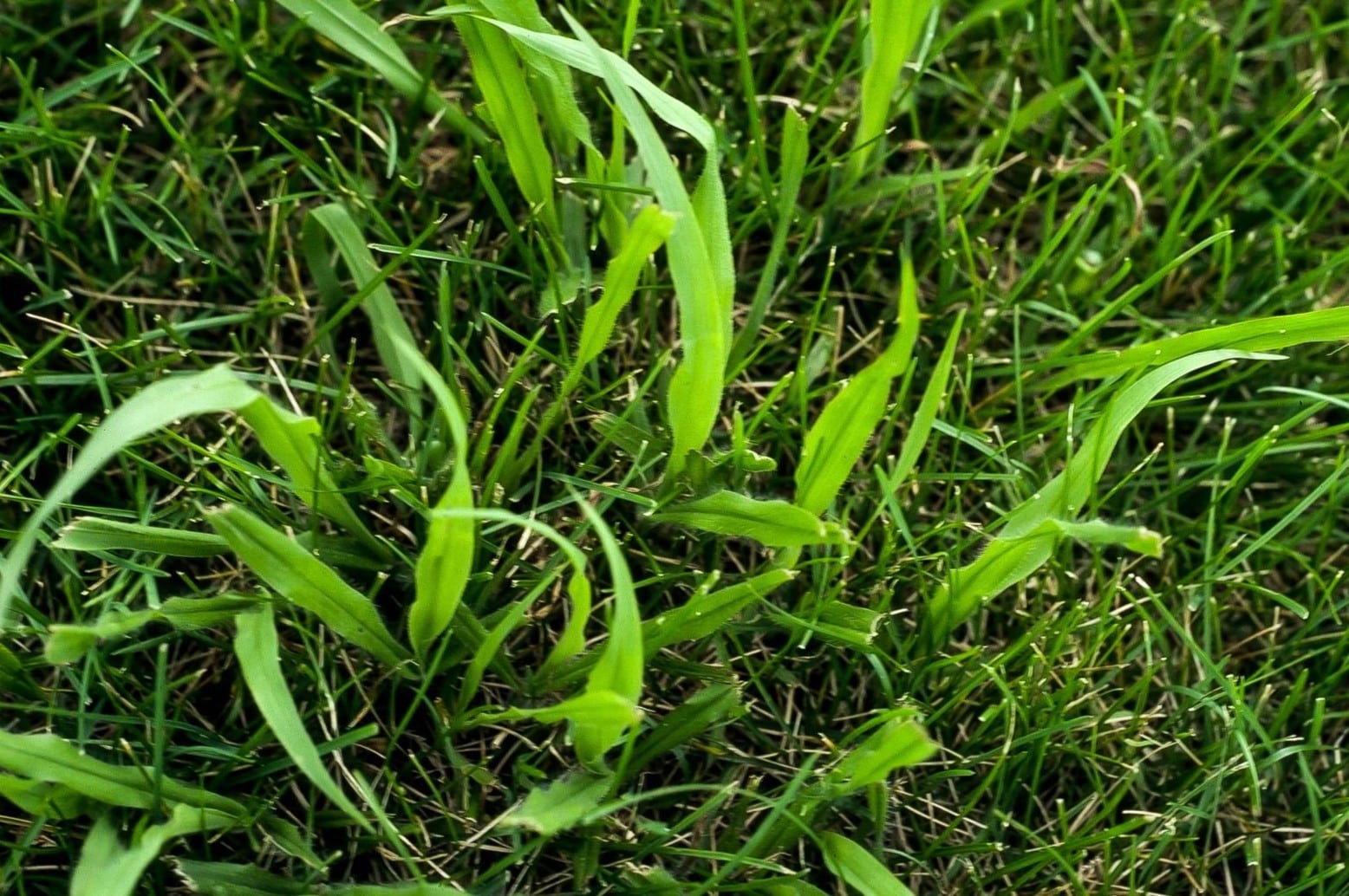
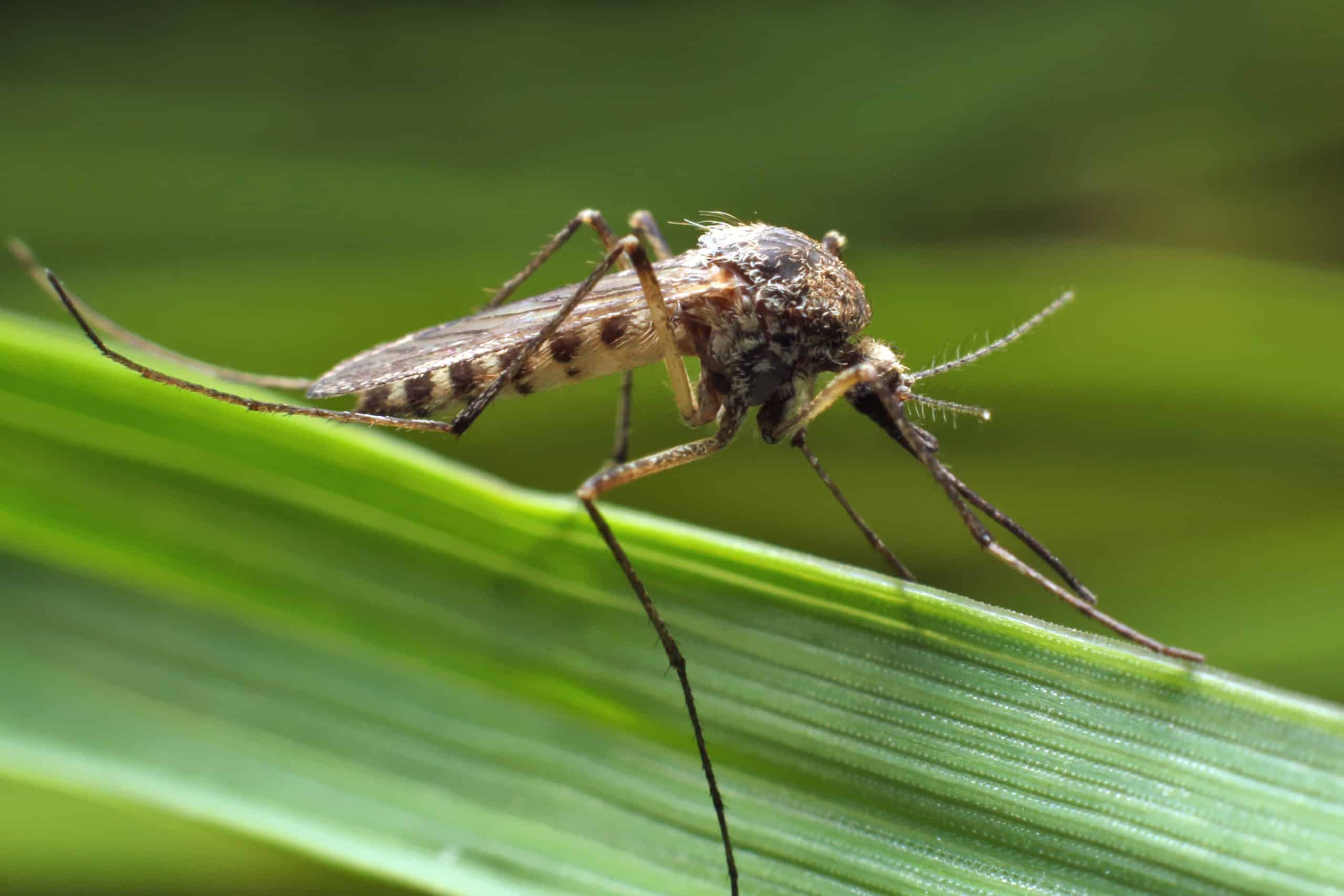
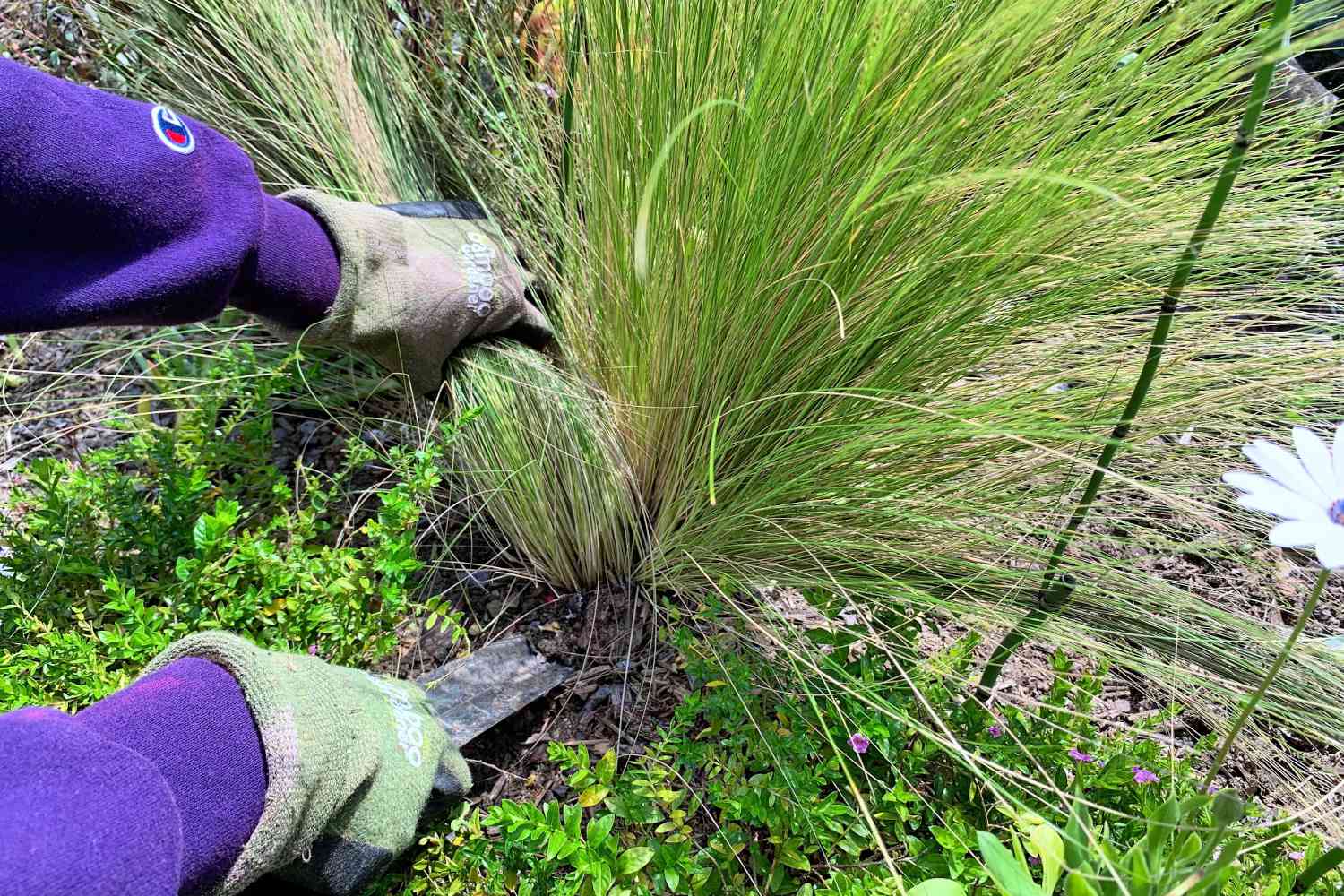
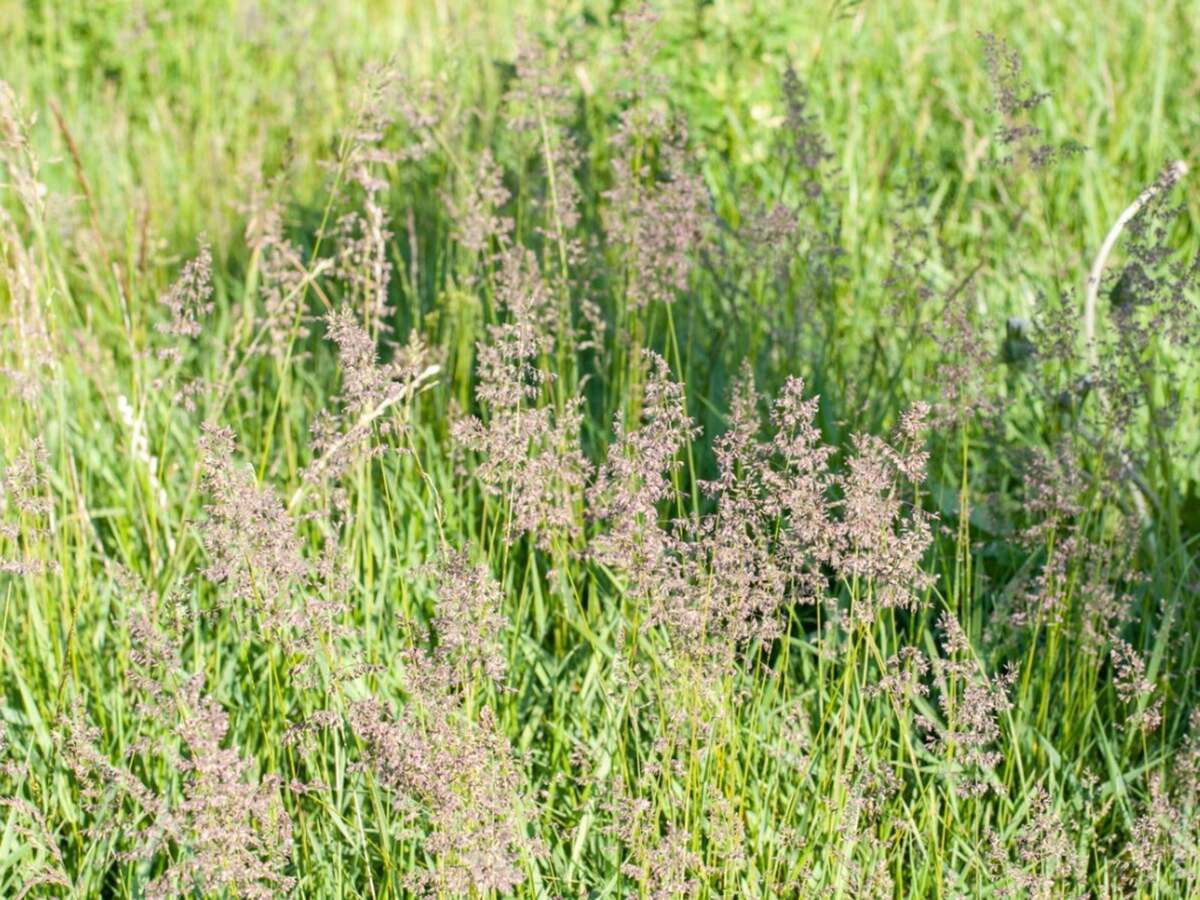
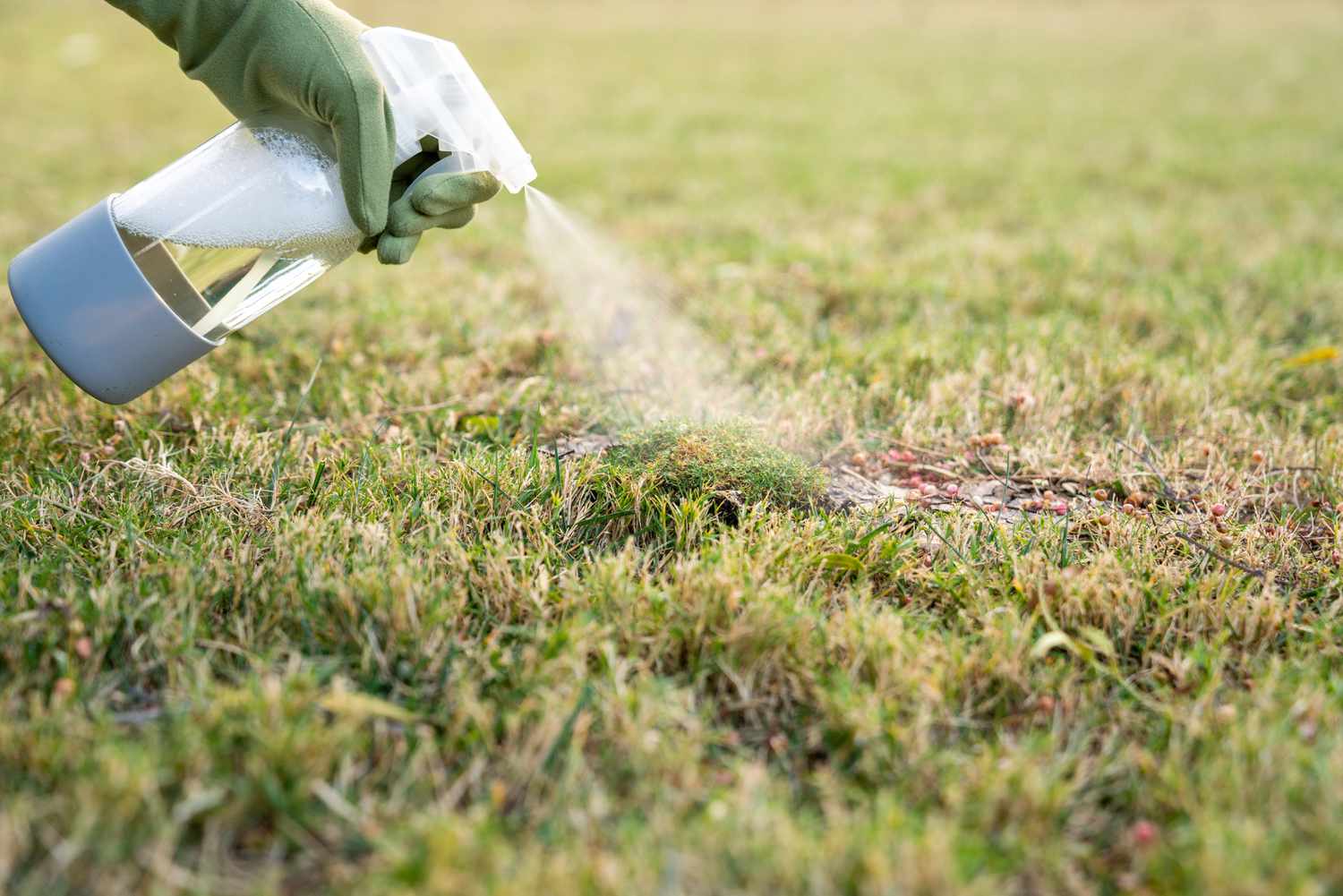
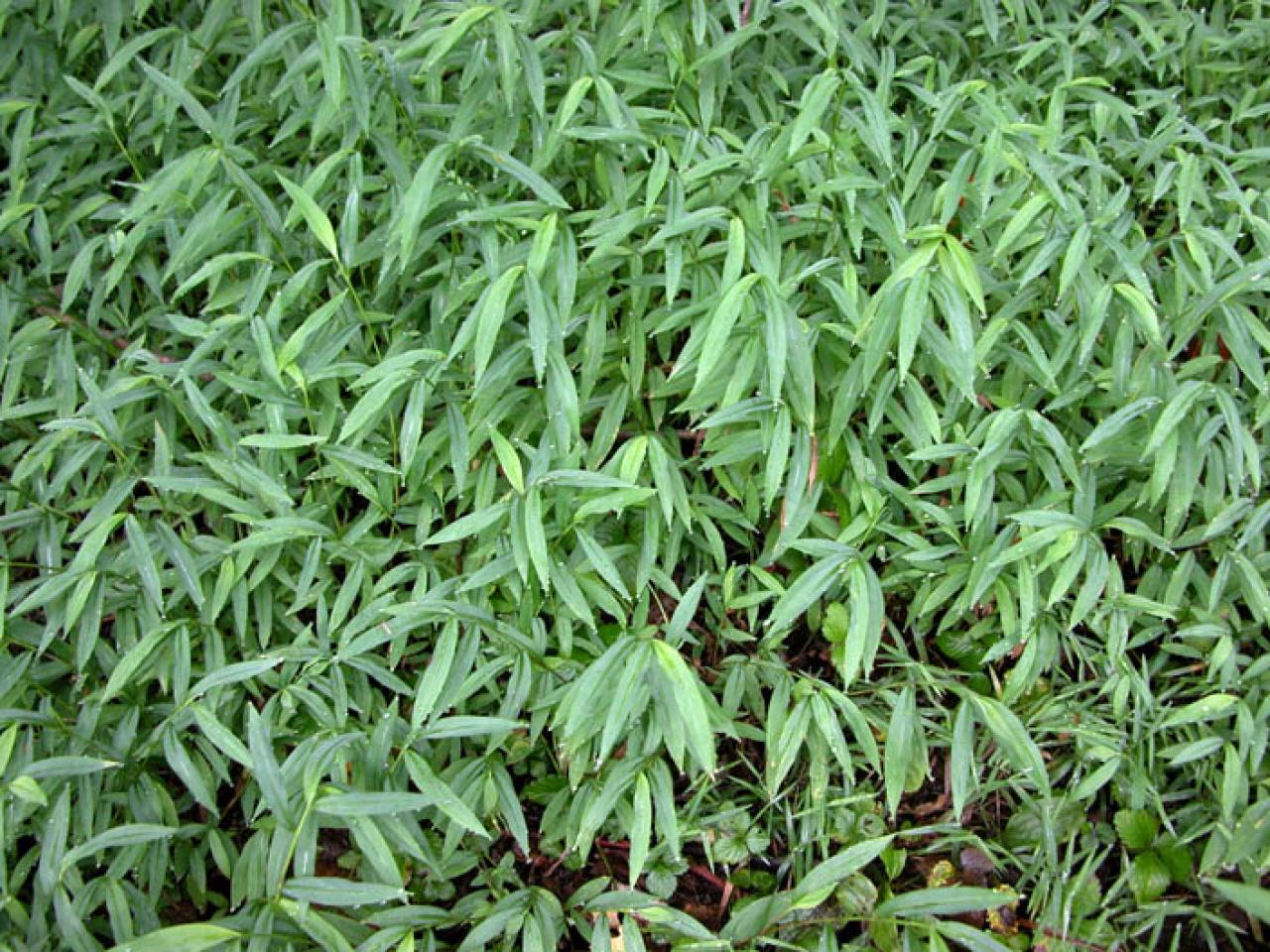
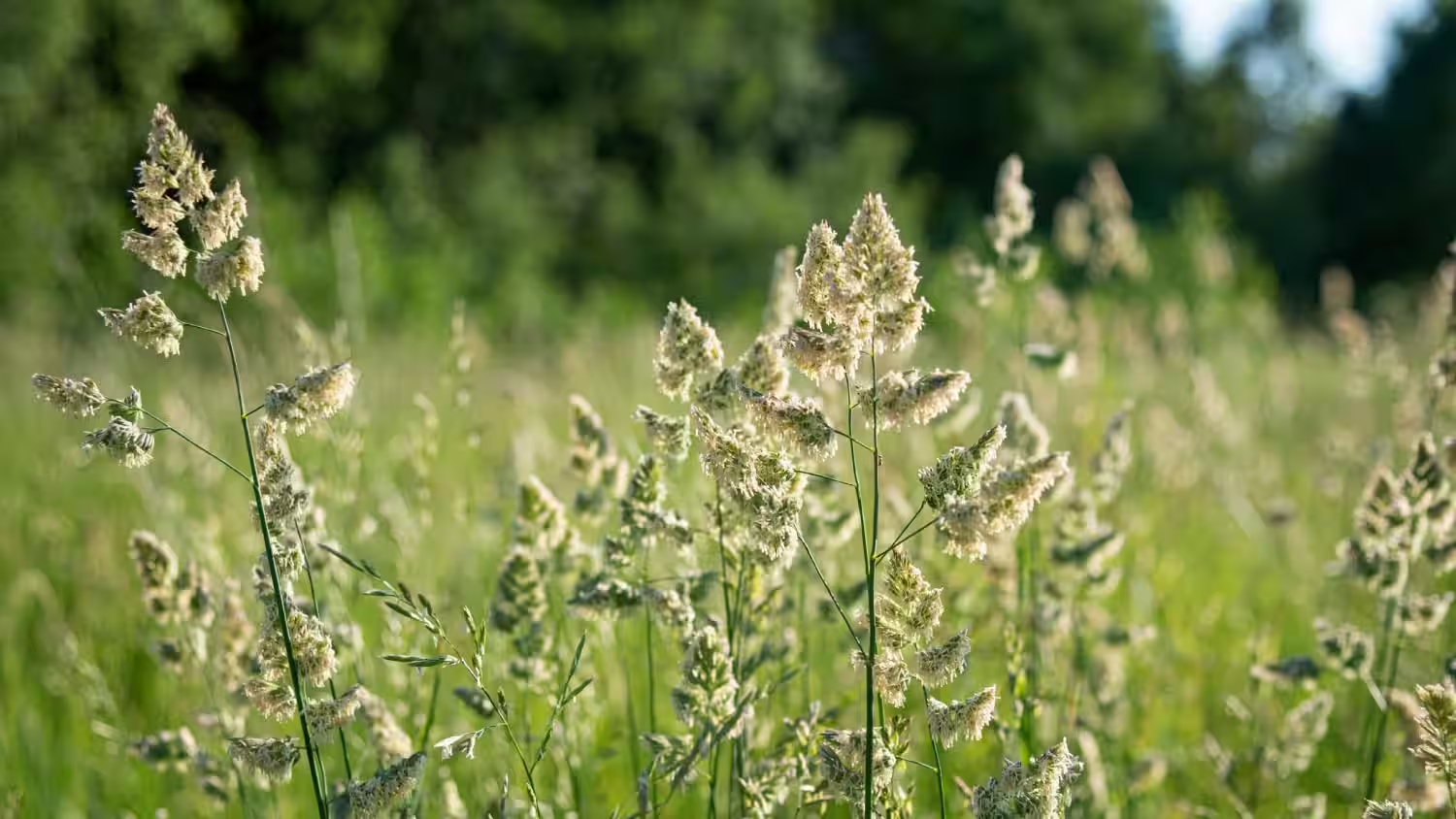
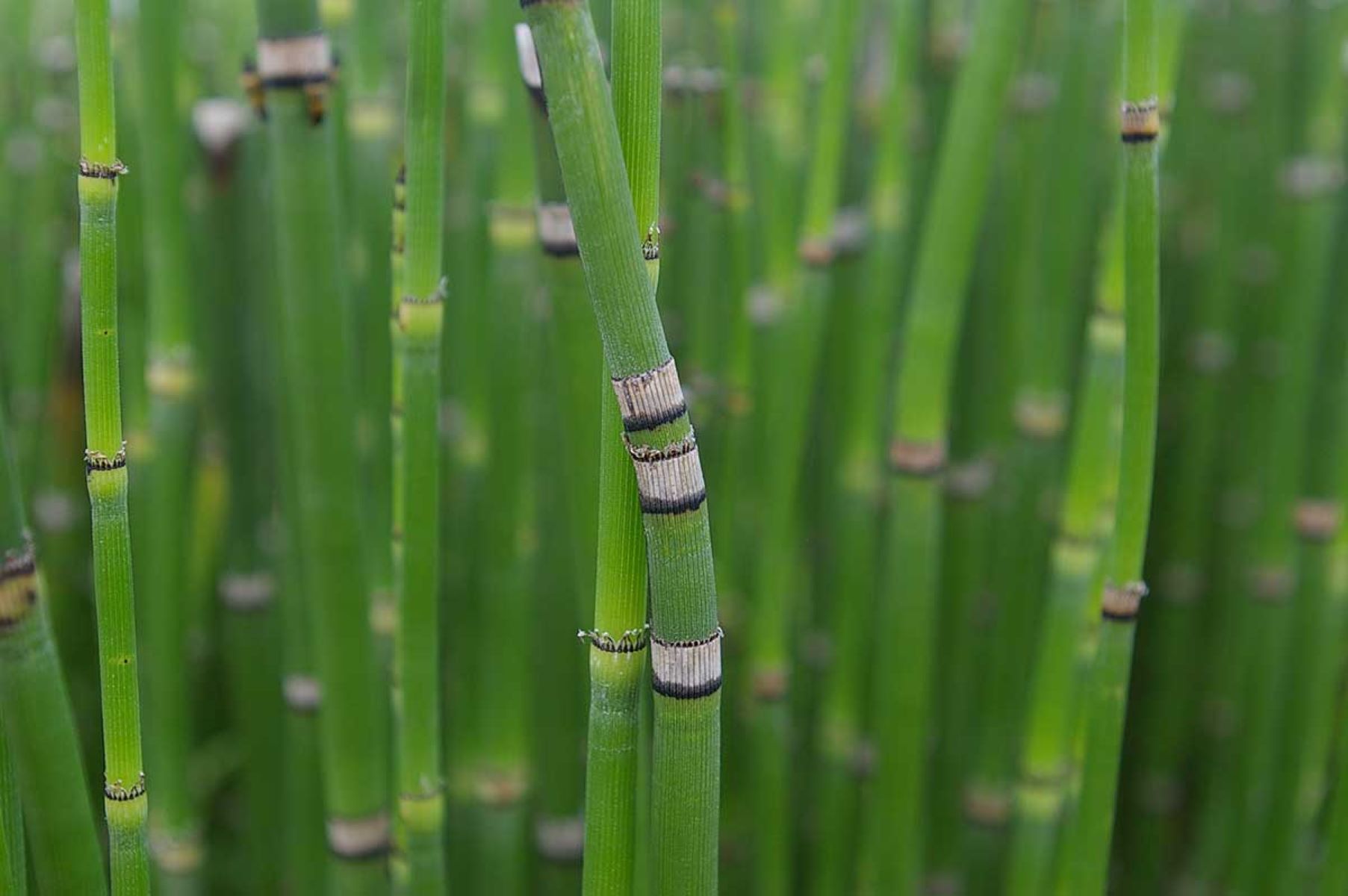
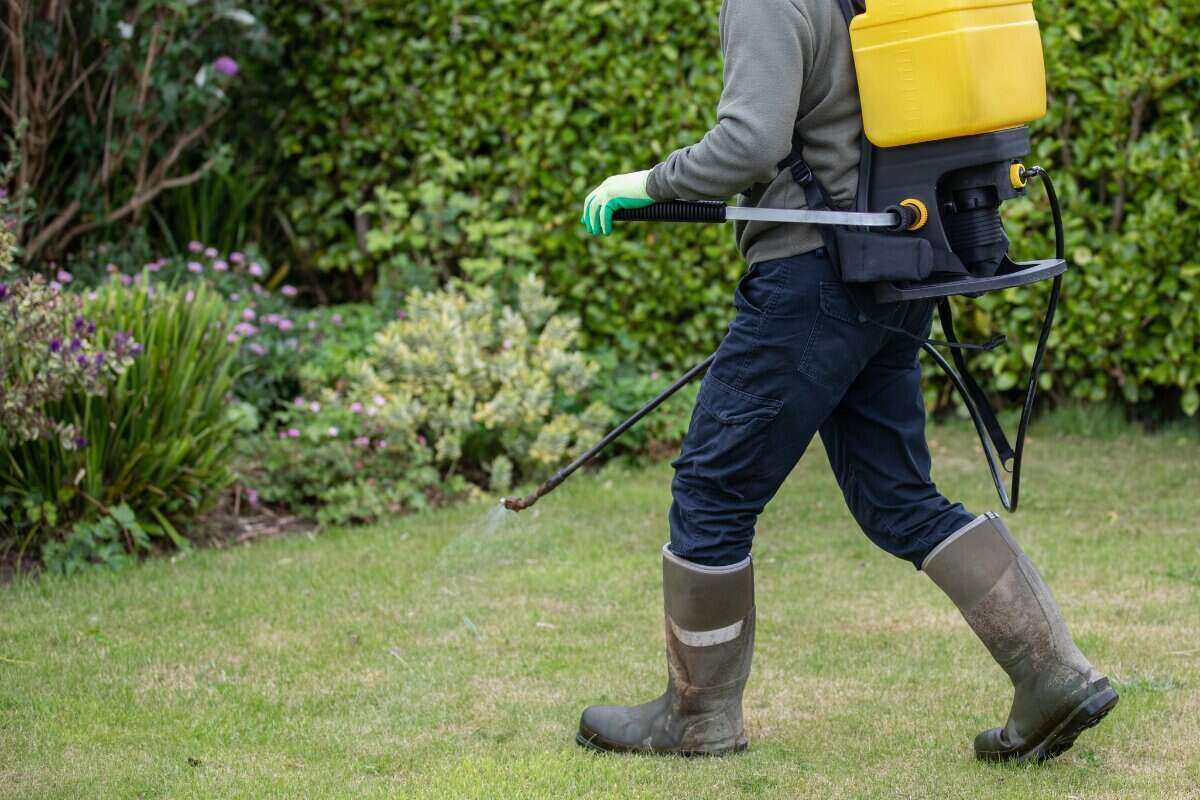

0 thoughts on “How To Kill Liriope Grass”